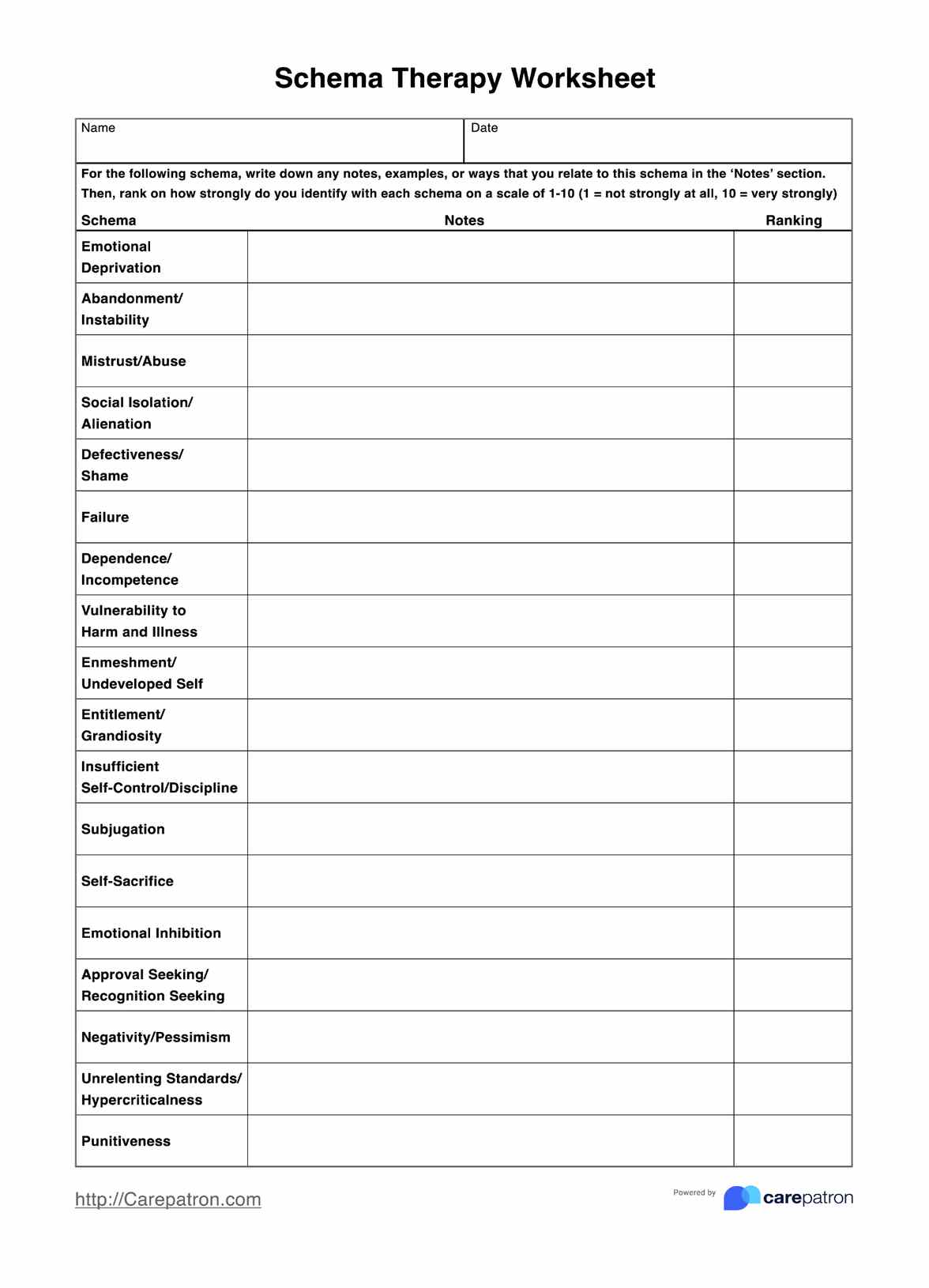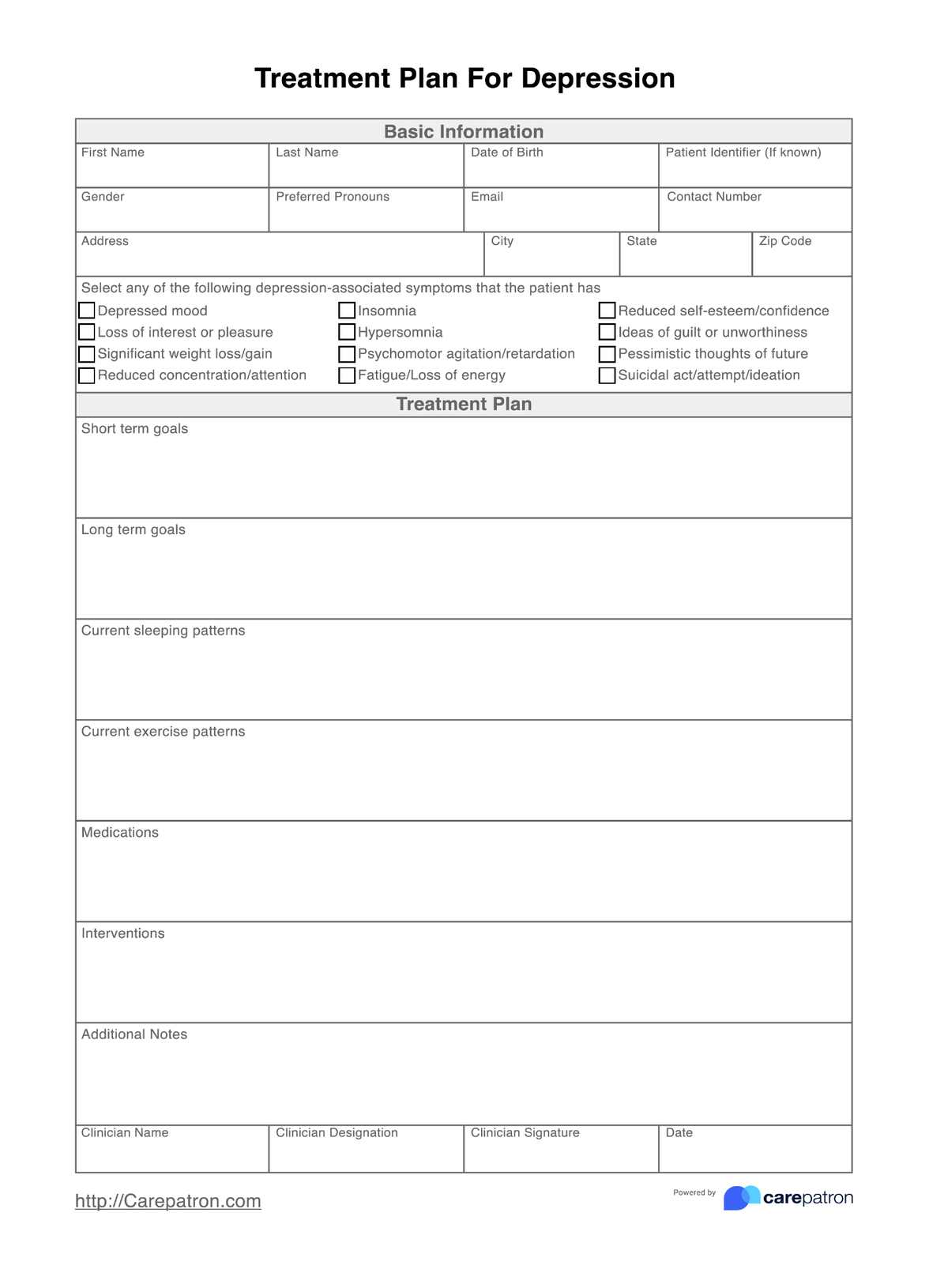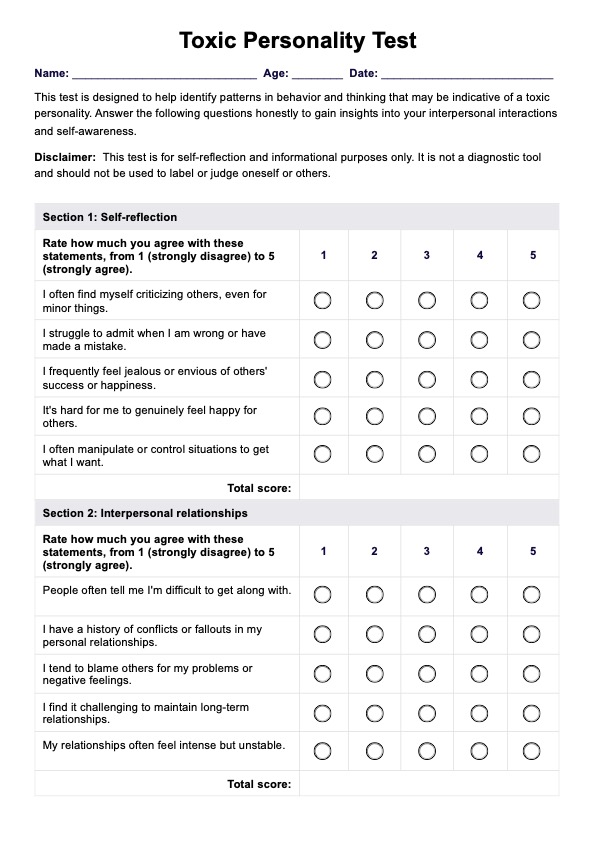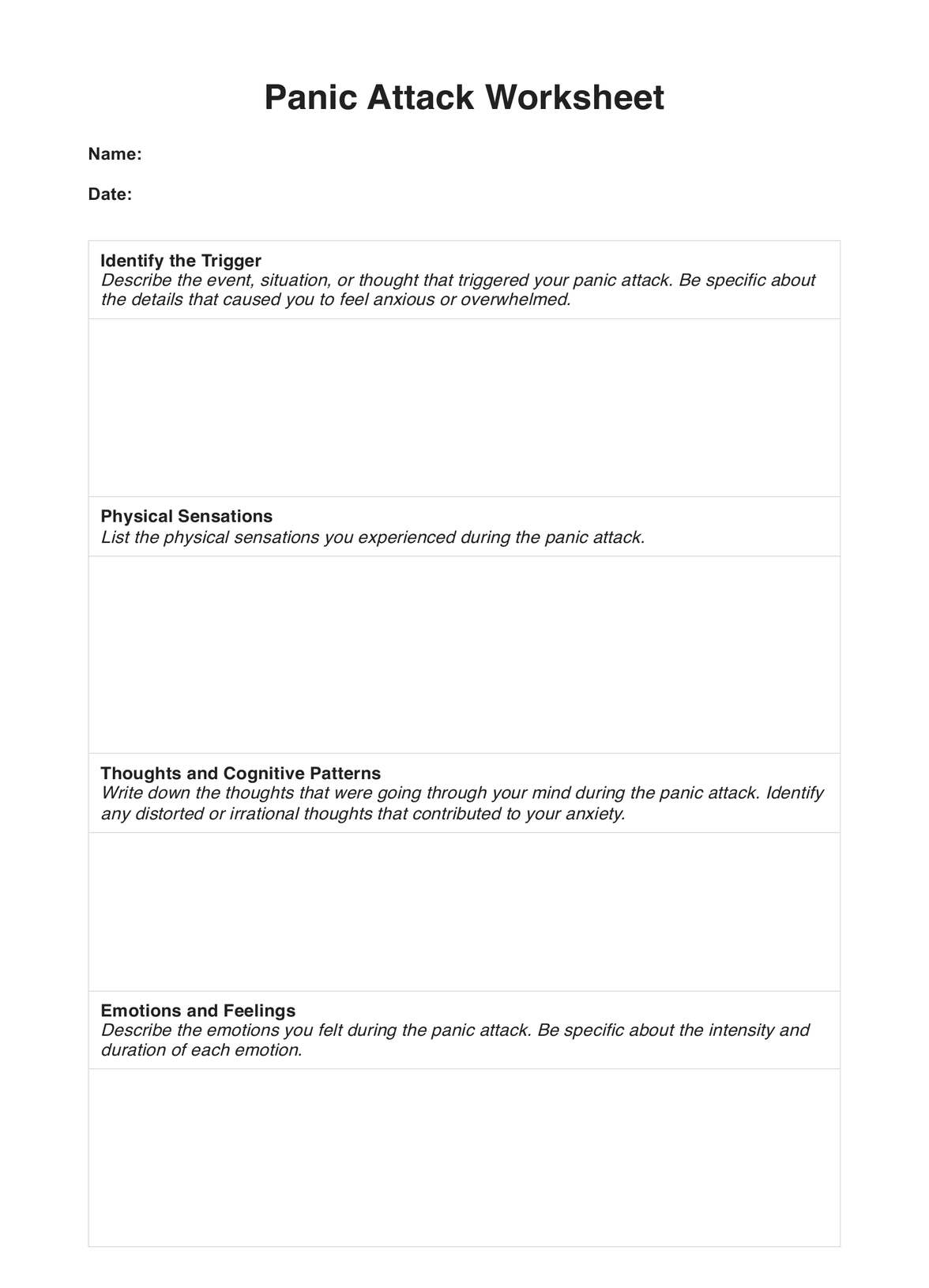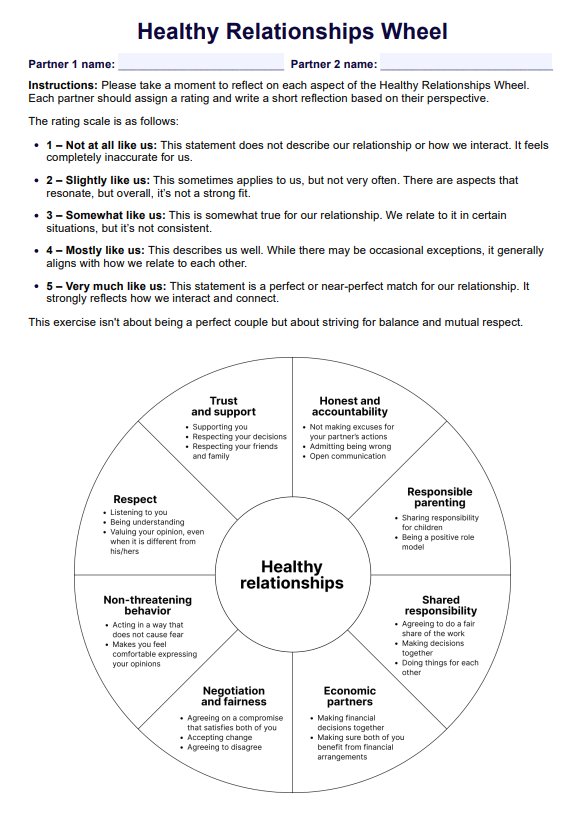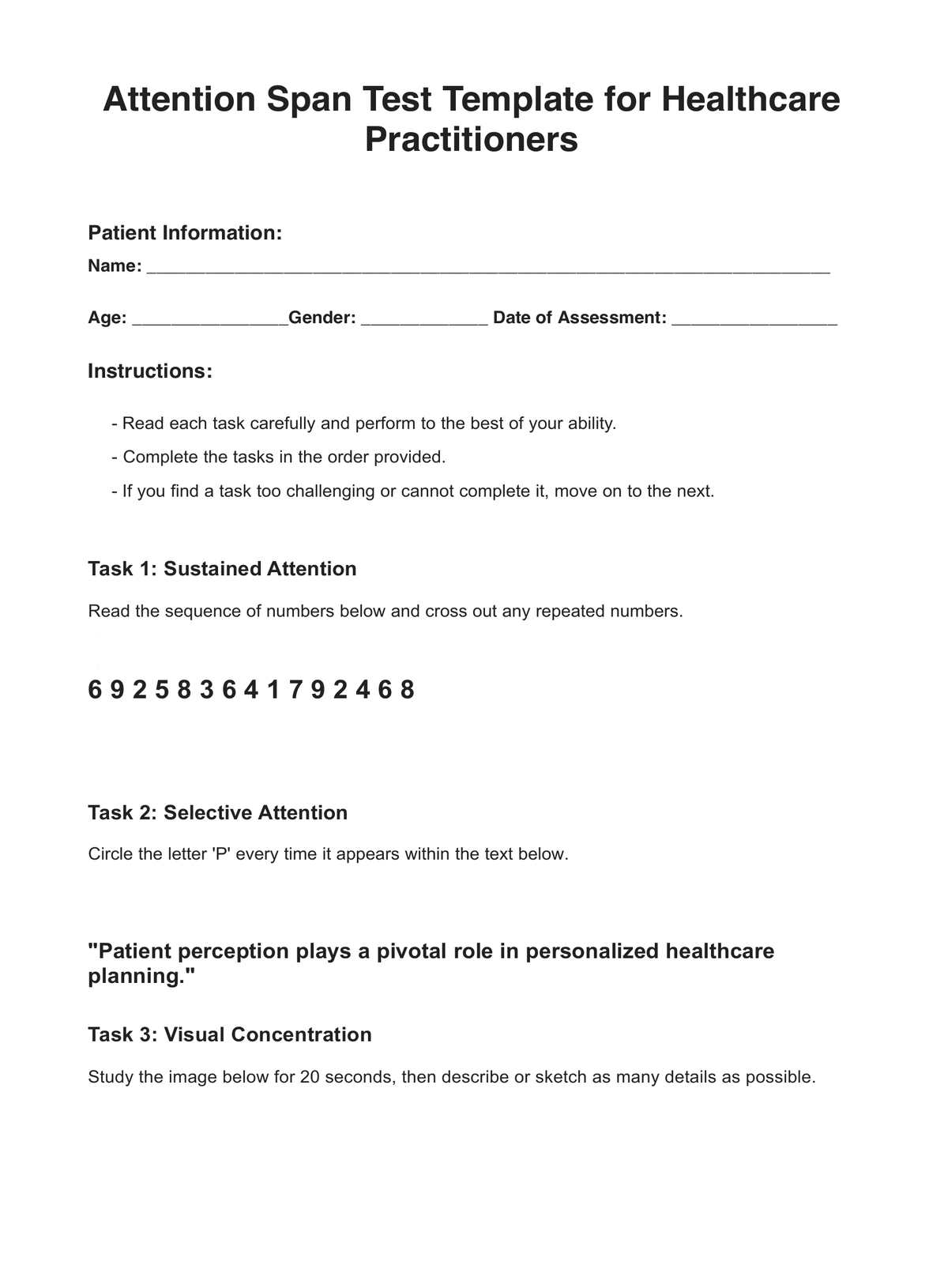Unpacking Your Disappointment PTSD Worksheet
Assess your patient’s PTSD-related disappointment using the Unpacking Your Disappointment PTSD Worksheet!


What are trauma and PTSD?
Trauma, in the context of this subject, is the mental kind. We’re referring to the intense and often severe psychological and emotional scars and responses to certain events and experiences that people consider horrifying, distressing, overwhelming, and/or violating.
Examples of such events that people would deem as such include being a victim of a hate crime, losing your home to a fire, a home invasion, being sexually harassed and/or assaulted, losing a loved one to a plane crash, participating in pointless wars, etc.
The mental scars these events can leave on people make it difficult for the traumatized to manage and cope with their effects. Sadly, these scars will likely stick around forever if they don’t work through their trauma. These scars can be triggered from time to time by memories, senses, and simply being close to where traumatic events occurred.
As a result of these scars, traumatized people will likely develop the mental health condition known as Post-Traumatic Stress Disorder, or PTSD for short. This disorder is complex and is characterized by a wide variety of symptoms, including the following:
- Having severe depression
- Having severe anxiety (which can result in hypervigilance and avoidance)
- Becoming emotionally dependent on others
- Isolation of the self from loved ones, friends, and the world
- Disassociation
- Emotional outbursts
- Difficulty sleeping and maintaining sleep
- Losing interest in doing things, especially the ones they used to love doing
- Having an aversion to positive emotions
- Thoughts of self-harm/suicide
They will also feel a variety of emotions as a result, such as disappointment, guilt, shame, spite, and more.
For a person to work through their trauma, they need to confront their feelings and scars and cope with them healthily to manage their PTSD symptoms and triggers, but doing so is easier said than done.
Unpacking Your Disappointment PTSD Worksheet Template
Unpacking Your Disappointment PTSD Worksheet Example
How to use the Unpacking Your Disappointment PTSD Worksheet:
If you’re a psychologist, psychiatrist, or someone who practices psychotherapy, one of the roadblocks you will surely encounter when treating someone with PTSD is getting them to become motivated to discuss and confront their trauma. Given that, it’s best to take it slow and go at a comfortable pace so as not to overwhelm them. One way to ease them into discussing and confronting their trauma is to use worksheets!
In the case of this guide, PTSD-related disappointment is the emotion that will be tackled, and the Unpacking Your Disappointment PTSD Worksheet will be a good tool that will allow them to take a step back and examine their feelings of disappointment. Examining this feeling (as well as others) will help make them more cognizant of how they currently view their life and the world, how they respond to their disappointment (positively or negatively), and how their feelings of disappointment have affected their relationships.
For the Unpacking Your Disappointment PTSD Worksheet, all a person needs to do is to answer the following prompts/guide questions:
- Describe the feeling or feelings of disappointment that you remember. What were the situations that made you feel disappointed?
- What did you do in those situations? What did you think about? How did you act?
- Did these thoughts and actions motivate you to confront your feelings of disappointment? If so, how?
- Can you notice if other people feel disappointed? If so, what do you do about what you’ve noticed?
- How do your feelings of disappointment affect your relationships?
- OPTIONAL: Do you have coping strategies for your PTSD-related disappointment? If so, what are they? It’s okay if you don’t have any as of now. We’ll work together to help you cope.
Mental healthcare professionals issuing this worksheet should remind their patients to write descriptively.
When is it best to use the Unpacking Your Disappointment PTSD Worksheet?
If you’re a psychotherapist or a similar mental healthcare professional, the best time to issue the Unpacking Your Disappointment PTSD Worksheet would be during the early stages of your therapy or counseling program. These stages would be when you’re still learning more about your patient, especially their feelings and how they respond to their PTSD triggers.
This worksheet is best used during these stages because the questions are meant to get patients to discuss and state what makes them feel disappointed concerning their PTSD, what they do and think about whenever they’re disappointed, and how their feelings of disappointment affect their relationships. It’s important for a mental healthcare professional to know about these feelings so they have a more nuanced understanding of their patient’s PTSD.
If you’re not a mental healthcare professional and stumbled on this guide, we’d like you to know that you can use this worksheet anytime! Our template is free; you can download it anytime and use it whenever needed.
PTSD has a high chance of overwhelming anyone to the point that they don’t have the energy to think about their disappointment properly. And that’s understandable! This worksheet should assist with framing what you want to say about your feelings of disappointment, so keep a copy of the Unpacking Your Disappointment PTSD Worksheet in your bag or mobile device so you can answer the prompts and questions when you feel the time is right.
What are the benefits of using the Unpacking Your Disappointment PTSD Worksheet?
Worksheets are nifty and inexpensive tools to have!
The Unpacking Your Disappointment PTSD Worksheet and other worksheets are helpful and inexpensive! If you go paperless, you won’t spend anything since you can just send copies of the PDF to patients.
The worksheet itself doesn’t require any special tools to use. People only need a pen or a keyboard/touchpad to write their responses to the prompts and guide questions. That’s it!
The worksheet will help professionals identify what causes disappointment in their patients.
This worksheet will help psychotherapists and similar professionals learn more about their patients and their PTSD-related feelings of disappointment. They will understand what triggers these feelings, what they think and do about them, how these feelings have affected their relationships, and how they cope with them. A patient’s answer can help a professional determine what follow-up questions to ask to get more information. The more information the professional has, the better they can work to help their patient.
The worksheet works well with similar worksheets.
Disappointment is likely not the only feeling that patients with PTSD have to deal with. PTSD is a complex mental health condition, so they will likely feel other things like spite, guilt, shame, anger, and more! Using other PTSD worksheets like this should help professionals examine other PTSD-related feelings and emotions to learn more about the nuances of each patient’s PTSD. Having a nuanced perspective will help professionals better tackle the PTSD of each patient.
Incorporating this PTSD worksheet template will strengthen your practice and client results. The template aids in creating consistent therapeutic sessions.
Commonly asked questions
It depends on the person. Some are more willing to discuss their emotions than others. For those who find it easy to talk about them, it’ll likely take them at least ten minutes to finish the whole worksheet, assuming they immediately know what to discuss. It’s best to gauge first how comfortable your patient is to discuss their feelings of disappointment. Discuss their time and set a deadline based on your agreement. It’s best to adjust to the patient so they don’t feel unnecessary pressure to constantly discuss something that likely puts them on edge.
Based on the instructions, no. Whatever difficulty a patient encounters will come from their PTSD and how comfortable they are discussing it. Thinking about their trauma and associated feelings and behaviors is a touchy subject, so it’s best to let them know they can trust you and that you won’t judge them for their experiences and feelings.
Here are examples of PTSD worksheets that you can issue alongside the Unpacking Your Disappointment PTSD Worksheet:
- Unpacking Your Anger
- Unpacking Your Despair and Hopelessness
- Unpacking Your Empathy
- Unpacking Your Fear
- Unpacking Your Gratitude
- Unpacking Your Happiness
- Unpacking Your Trust
We have downloadable templates for these, too!


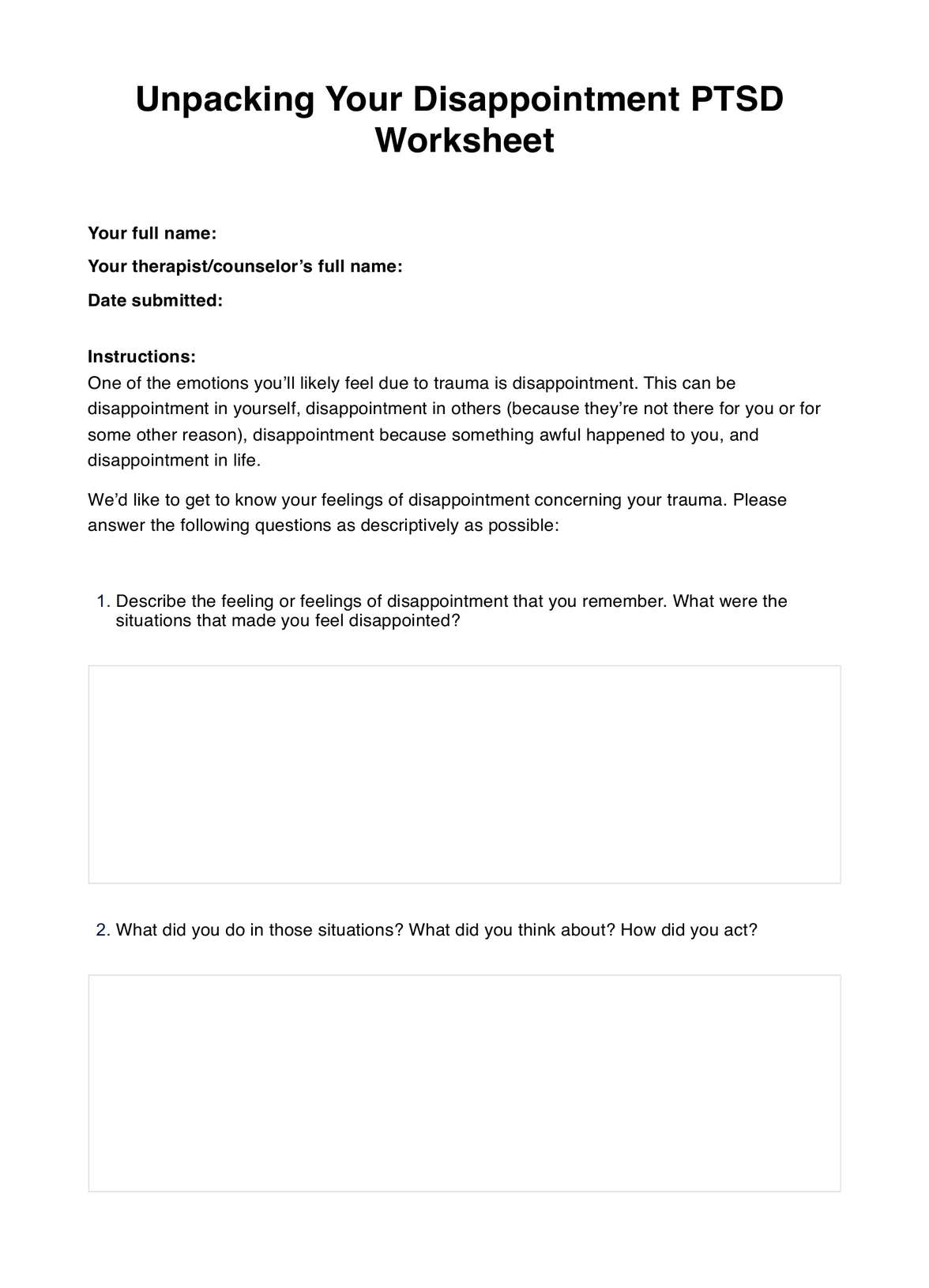
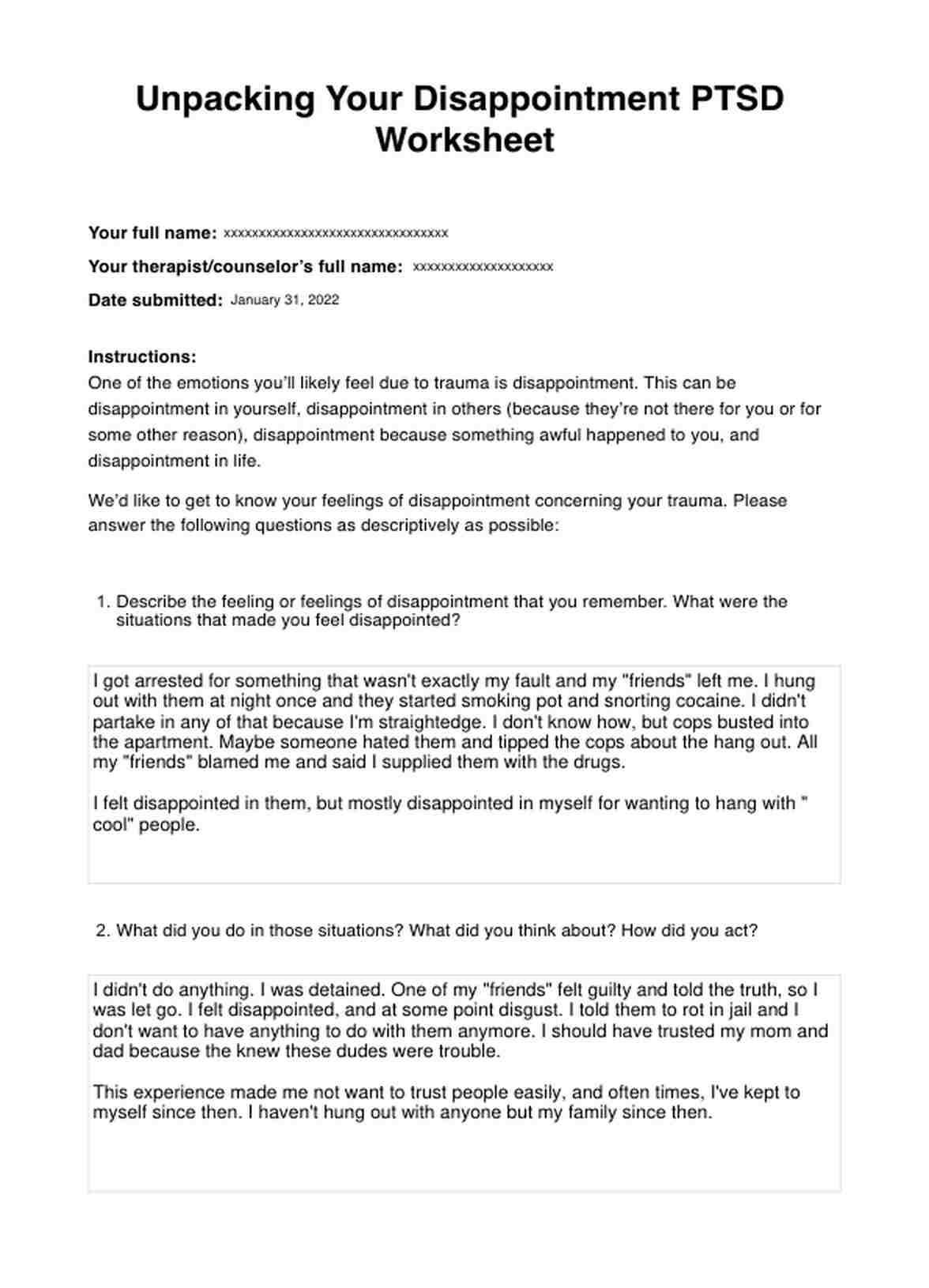
















-template.jpg)




















































































